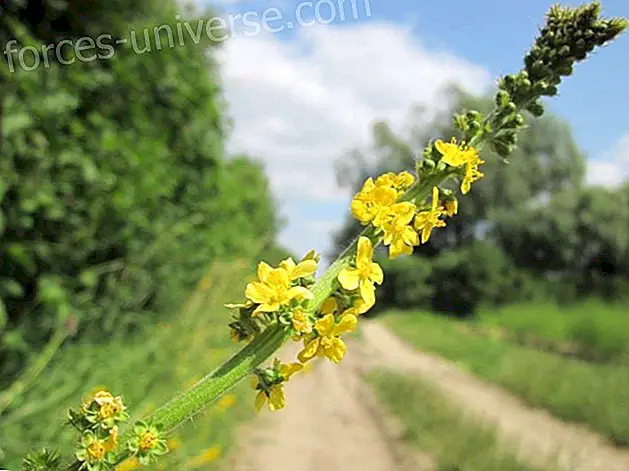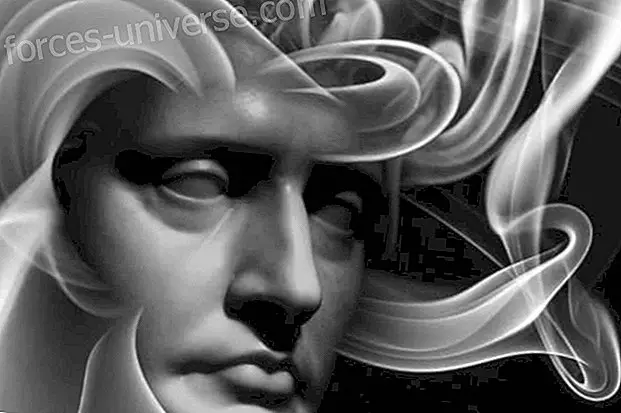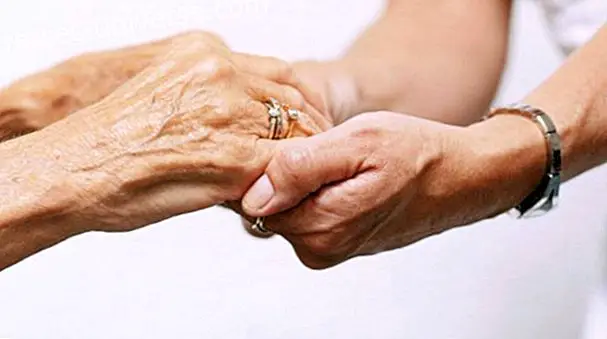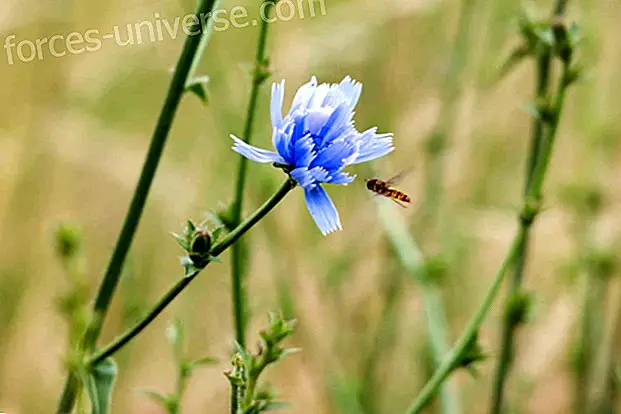Tai chi has many myths about its origins. One of those myths says that one day the Tao monk Chang San-Feng was disturbed by the sounds of a snake and a crane fighting in his yard.
Each time the crane's beak stabbed, the flexible snake squirmed out of reach, and the wings of the crane, like shields, protected its long neck from the striking head of the snake. According to the myth, from the observation of this battle, Chang San-feng developed the art of tai chi chuan, which is based on the concept of surrendering against aggression.
The myth of tai chi
As we have seen, the images transmitted in the narration of a myth lend themselves well to the spirit and ideas of tai chi chuan . For this reason, many myths have emerged around the technique of tai chi and its main actors, and Chang San-Feng occupies a prominent place in many of them.
Another famous myth depicts Chang San-Feng seeking the elixir of legendary life, a liquid formula that supposedly makes one immortal . One night, while in a deep sleep after an exhausting quest for the elixir, tai chi chuan's movements were revealed in a dream.
After careful thought, it occurred to him that perhaps the secret of the elixir was related to these movements. He realized that the idea of taking the elixir of immortality was actually an allegory in which the set of tai chi exercises revealed in the dream represented the formula for the elixir itself.
He noted that the chi in the body exhibits a number of properties similar to liquids . It flows, for example, through the many acupuncture channels. He also noted that when chi flows in abundance, good health prevails, and when it is blocked, the disease appears soon.
Like water, chi in the body can also be affected by certain natural forces, such as the gravitational attraction of the moon. He finally realized that the liquid elixir could really represent chi. By performing the movements revealed to him, Chang San-Feng, exercises that would be the development of chi and its incorporation into his body as an essential life and the strength that gives health.
Chi Kung exercises
In Taoism, chi refers to the energy of being in all things. Kung is a term that refers to the achievements of a long practice. Together, like Chi Kung, they describe a relationship between someone who cultivates chi and the discipline they use.
From time to time, when walking along a fence that borders a field, you will see that there is a blade of straw protruding from both sides of a fence post. Only a gust of wind that travels at the right speed and moves in the right direction could provide the precise amount of force to accomplish this feat.
Here nature reveals the power of chi spectacularly in silence . This power is the force that Chi Kung practitioners try to cultivate.
Horse position
As a combination of the concepts of chi and kung, Chi Kung exercises are specifically used to collect and store chi. One of these exercises is the horse position, which is known throughout healing circles and traditional martial arts, and is universally recognized as a very beneficial exercise.
While there are many variations, the version described here is very basic. Although the posture itself can often be difficult and uncomfortable at first, these problems disappear with practice.
Usually, a series of special opening and closing movements are used in relation to the horse, as it is sometimes called. These are designed to promote the circulation of chi by opening and closing certain channels in the body, well known to acupuncturists and other professionals of traditional medicine. However, the benefit can be derived simply by practicing the horse itself.
In a horse exercise, it is a well executed Chi Kung posture, with the shoulders and back muscles completely relaxed throughout the exercise. The feet are firmly placed on the floor over the width of the shoulders.
In this position, the knees bend slightly so that they are directly above the toes. The arms rise slowly at waist level with the elbows held close to the torso, which leans a little forward.
Elbows can be raised or lowered until a comfortable position is found . The exact height of the elbows has an influence on the way in which chi is absorbed, and emits from, the body. The two palms face the earth or sometimes face each other. This is the basic horse position posture.
What is happening in the practitioner's mind is the following: The chi is visualized as it moves upwards from the ground through the feet, legs, and beyond the waist. It flows along the spine, beyond the shoulders and in the arms.
Then chi moves beyond the elbows and out of the fingers . If the muscles or ligaments are tight in the hips along the back and shoulders, chi will be difficult to flow, and there is no point in continuing the exercise. Practitioners will often return to the posture until the muscles relax again.
When chi begins to flow correctly, the body begins to swing slowly back and forth, like a flexible tree in a light breeze. This is a sign of relaxation . Tense muscles prevent chi from flowing along the channels.
Over time, this posture can be held comfortably for half an hour or more . While being placed in the horse position will strengthen the legs, this Chi Kung exercise also has the important function of promoting the flow of chi through the body.
Brought to North America by Asian and Western Chi Kung emigrant teachers who have traveled with interest in the subject, these techniques have remained essentially unchanged during their long migration.
This horse position is the same basic posture used in the history of Chi Kung . Although many variations in the basic posture have been developed, the ideas discussed above are still in use today.
After careful thought, it occurred to him that perhaps the secret of the elixir was related to these movements. He realized that the idea of drinking the elixir of immortality was actually an allegory in which the set of tai chi exercises revealed in the dream represented the formula for the elixir itself.
AUTHOR: JoT333, editor of the hermandadblanca.org family






